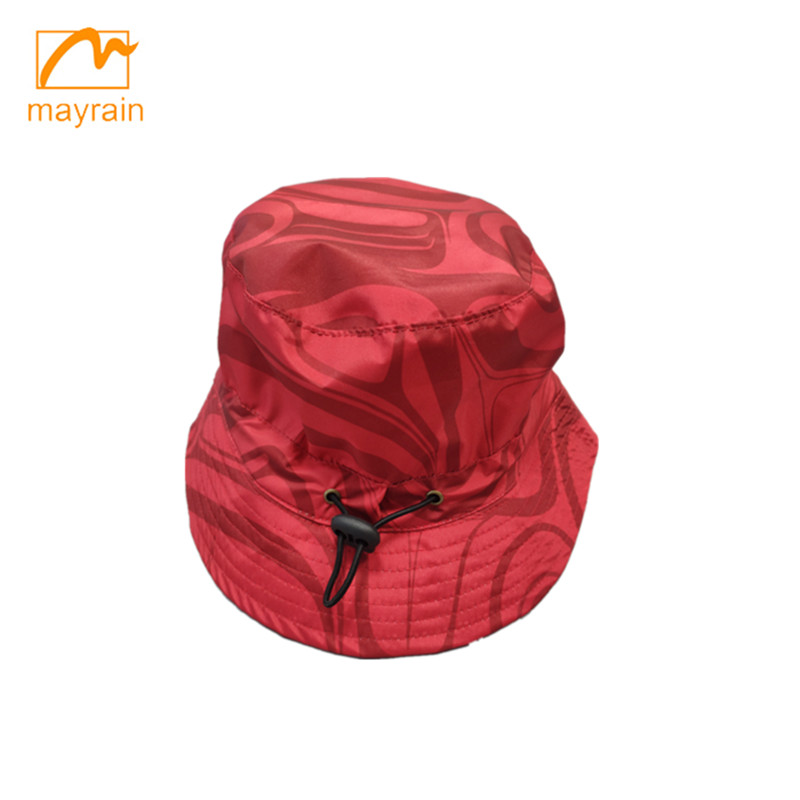 rainwears@163.com may@may-rain.com
rainwears@163.com may@may-rain.com Mon to Friday: 8.00 am - 7.00 pm
Mon to Friday: 8.00 am - 7.00 pm
trekking backpack
The Ultimate Guide to Choosing the Perfect Trekking Backpack
When it comes to trekking, having the right gear can make all the difference between a pleasant adventure and a challenging ordeal. One of the most crucial pieces of equipment is the trekking backpack. It serves not only as a carrier for essentials but also plays a vital role in your overall comfort and mobility on the trail. This article will guide you through the key factors to consider when choosing the perfect trekking backpack.
Types of Trekking Backpacks
Before diving into the features, it's essential to understand the different types of trekking backpacks available. The main categories are daypacks, multi-day packs, and expedition packs.
1. Daypacks These are smaller backpacks (usually 15-30 liters) designed for short hikes or day trips. They typically have just enough space for water, snacks, and a light jacket. 2. Multi-Day Packs Best for treks lasting several days, these backpacks range from 40 to 70 liters. They often include compartments for sleeping gear, cooking equipment, and food supplies.
3. Expedition Packs For adventurous souls embarking on longer treks, these packs can hold over 70 liters and are designed to carry heavy loads over multiple weeks. They provide ample space and extra features for specialized gear.
Key Features to Consider
Size and Fit
The first thing to consider is the size and fit of the backpack. A properly fitting backpack should rest comfortably on your hips and not place undue stress on your shoulders. It’s important to choose a pack with adjustable straps and a proper suspension system for optimal weight distribution. Many brands offer different sizes based on torso length, so finding a suitable fit is crucial.
Weight and Material
Material and weight can greatly affect your trekking experience. Opt for lightweight yet durable fabrics, such as ripstop nylon or polyester, which can withstand rough terrains while minimizing the overall weight of your load. Strive for a balance between durability and weight; an overly heavy backpack can become cumbersome as the trek progresses.
trekking backpack

Comfort Features
Comfort is key during long treks. Look for padding on the shoulder straps, back panel, and hip belt. A ventilated back panel will help reduce sweating and improve airflow, making your hike more comfortable. Additionally, adjustable sternum and hip belts can enhance your stability and support, making it easier to navigate tricky trails.
Compartments and Accessibility
An organized backpack can save you time and hassle on the trail. Look for backpacks with multiple compartments and pockets, including a separate compartment for a hydration bladder and easily accessible side pockets for water bottles. External loops and straps are useful for attaching trekking poles, sleeping bags, or other gear.
Weather Resistance
Nature is unpredictable, and protecting your gear from the elements is essential. A waterproof or weather-resistant backpack will safeguard your belongings during rain or unforeseen splashes. Look for backpacks that come with a rain cover or are made of water-resistant materials.
Price Range
Trekking backpacks can vary widely in price. Determine your budget before making a purchase, but remember that investing in a quality pack will pay off in terms of comfort and durability. Many reputable brands offer a range of options that cater to different budgets, with higher-end models providing better materials and features.
Conclusion
Choosing the perfect trekking backpack involves careful consideration of several factors, including size, fit, weight, comfort features, and material. Whether you’re planning a quick day hike or a week-long expedition, finding the right pack can significantly enhance your experience. Take the time to explore different brands, assess your specific needs, and try on various models to ensure the best fit. With the right trekking backpack in tow, you’ll be well-prepared to tackle the great outdoors with confidence and ease. Happy trekking!
-
Children's Fashion Waterproof Printed Raincoats | Kids Gear
NewsJul.31,2025
-
Silver Printed Women’s Jacket – Stylish, Lightweight & Trendy Outerwear
NewsJul.30,2025
-
Fashionable Design Long Raincoat Rain Poncho Waterproof Polyester
NewsJul.30,2025
-
High Lighting Reflective Rain Jacket Windbreaker Safety Jacket for Adult
NewsJul.29,2025
-
Disposable PE Rain Poncho - Lightweight, Waterproof, Easy to Carry
NewsJul.29,2025
-
Stylish Lady Coat Women Jacket – Trendy & Elegant Outerwear
NewsJul.29,2025































